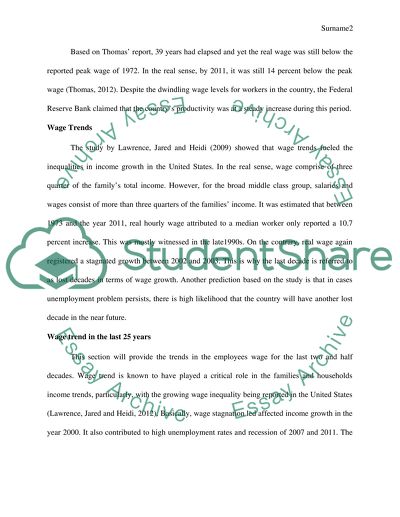Cite this document
(“Trend report Essay Example | Topics and Well Written Essays - 1000 words - 1”, n.d.)
Trend report Essay Example | Topics and Well Written Essays - 1000 words - 1. Retrieved from https://studentshare.org/finance-accounting/1621283-trend-report
Trend report Essay Example | Topics and Well Written Essays - 1000 words - 1. Retrieved from https://studentshare.org/finance-accounting/1621283-trend-report
(Trend Report Essay Example | Topics and Well Written Essays - 1000 Words - 1)
Trend Report Essay Example | Topics and Well Written Essays - 1000 Words - 1. https://studentshare.org/finance-accounting/1621283-trend-report.
Trend Report Essay Example | Topics and Well Written Essays - 1000 Words - 1. https://studentshare.org/finance-accounting/1621283-trend-report.
“Trend Report Essay Example | Topics and Well Written Essays - 1000 Words - 1”, n.d. https://studentshare.org/finance-accounting/1621283-trend-report.


